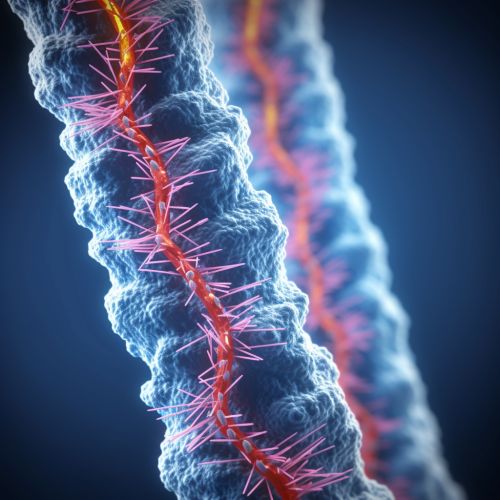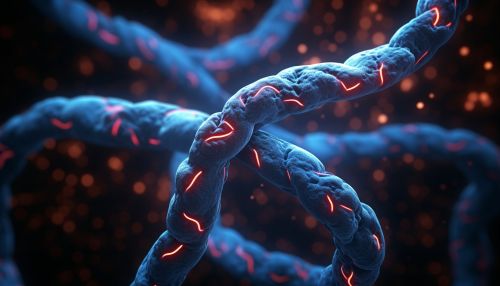Telomeres and Cellular Senescence
Introduction
Telomeres are the protective caps at the ends of chromosomes that play a crucial role in cellular aging and health. They are composed of repetitive sequences of non-coding DNA that protect the chromosome from damage. Each time a cell divides, the telomeres become shorter. When they reach a critical length, the cell enters a state of growth arrest known as cellular senescence. This process is believed to contribute to aging and age-related diseases.


Telomere Structure and Function
Telomeres are composed of thousands of repeats of a specific DNA sequence, bound by a set of specialized proteins called shelterin. This complex protects the ends of chromosomes, preventing them from being recognized as broken DNA that the cell would otherwise repair. Telomeres also prevent chromosomes from fusing with each other.
Telomere Shortening and Cellular Senescence
Each time a cell divides, the telomeres shorten due to the inability of DNA polymerase to fully replicate the ends of the DNA strand. This is known as the end replication problem. When telomeres shorten to a critical length, the cell enters a state of cellular senescence. In this state, cells remain metabolically active but cease to divide. This process is a protective mechanism to prevent the propagation of damaged DNA.
Telomerase and Telomere Lengthening
In some cells, an enzyme called telomerase can add DNA sequence repeats to the telomeres, effectively lengthening them and extending the lifespan of the cell. Telomerase is highly active in stem cells and cancer cells, but is usually inactive in adult somatic cells.
Telomeres, Aging, and Disease
Shortened telomeres are associated with aging and an increased risk of age-related diseases such as cancer, cardiovascular disease, and Alzheimer's disease. Research is ongoing to understand the mechanisms behind these associations and to develop potential therapies.
